Further Explorations of Myrina.
The first week or so of my trip has absolutely flown by. Having company for the first week of the trip was amazing and to be able to connect with so many wonderful, amazing and interesting people has been an unusual aspect to my solo travels. However, it has left me exhausted and with a need to decompress. For a typical introvert like myself, solitude is the only way to recharge my energy so now it’s good to be back on the solo train.
My first impression of Myrina is how ‘grand’ it looks. I know that the word grand is subjective but the houses that back both the Roman Shore and the Turkish Shore to me, show an indication of wealth. It’s fair to say that I’ve found accommodation here a little more expensive than other islands (the likes of Mykonos and others excluded). However, what is on offer is good quality hotels and not an awful lot of small pension-type accommodations. There are rooms and apartments but you have to scout these out.
The architecture is a mix of neo-classical with some Ottoman influences. I’m no architectural expert so I’ll let some of these pictures do the talking.
The fact that there is no workable bus service to get me out and about has me confined to more or less where I can walk in and around Myrina. There is a bus service but it isn’t there to serve tourists. The bus departs from the villages in the morning giving the locals enough time to go to the bank and go shopping etc. The bus will also bring the children to the schools in Myrina. At some point in the afternoon, the bus will return to the villages. Technically you could visit the villages by bus but you would have to stay overnight.
The Archaeological Museum in Myrina is undergoing some major renovations at the moment so it is closed. However, there is currently an exhibition on the history of children’s toys and books. It is located in the former school building built in 1906 during the final Ottoman time in Lemnos. The building is about 20 metres beyond the beginning of the beach of Nea Madytos, just on the left.
The collection houses over 7000 toys from the 19th century until the 1960’s and 1500 rare children’s books. These were donated to the Municipality of Lemnos in 2011 by author, archaeologist and collector Christos Boulotis who began his activities as a collector in 1978.
I’m the only person visiting the exhibition on this particular morning. The gentleman in charge invites me into the building to explore. The displays are carefully curated and with a clear division between girls’ and boys’ toys. The information boards reference how dolls and dolls houses were the early learning steps for girls to understand the roles that they were to play as women. The boy’s section is full of toy soldiers and battle aircraft, sending a message about patriotism and war.
I can’t remember if I was conditioned along similar lines as a child. I do know that with my own four children, I made a concerted effort to ensure that toys weren’t associated along lines of gender. One of my sons loved dolls and was utterly content playing with a toy kitchen. Guns and other weapons were intentionally banned. There was a paragraph on one of the information boards that said that no matter how much we try to throw a shield around our children, the war toy always finds a way to sneak into the child’s world. That is true. On more than one occasion I’d find a cap gun or a plastic water pistol amongst the children’s possessions, procured from where and how, I knew not.
The first room is dedicated to a collection of dolls from across several decades and a mixture of soft toys. One thing is for sure, I wouldn’t like to be here alone at night!
In all seriousness, this is also a stroll down memory lane for me albeit slightly different in presentation. The Greek version of Meccano and Lego, puppet theatres, dolls and toy soldiers are things that if lucky enough, resonate with most of our our own childhoods.
The final section is dedicated to books. There is a section on books by Christos Boulotis himself who as an archaeologist and author had always had a fascination with toys and a theme that plays a big part in his literary works. In his illustrated poetic collection entitled Do Tell Me About Your Toys, written in 2000, he reminisces about his childhood on Lemnos. At the same time, he urges adults to unlock their personal memories and to never deny the blessed experience of the toy because as he says “Someone gets older from the moment that they will stop playing.”
Anti-war messages are also themes that run through his books. In his books The Toy Soldier Who Wanted to Become an Architect and Poet and A Game With The Toy Soldiers of Peace, he writes about how toy soldiers in the hands of children away from bloodshed and the horrors of war are taking on humanitarian roles instead.
This is a permanent exhibition and entry is free of charge and it’s a worthwhile visit when in Myrina.
Spending time just wandering around Myrina is a lovely way to while away the hours. With no particular plan in mind but to just stumble across places accidentally, is how I spent most of my time. Another such instance whilst mooching around was finding the Prehistoric Site of Myrina. Actually, I was looking for the Poseidon Hotel which is where I had originally booked for my stay on Lemnos – until my flight was cancelled that is. Anyway, I was keen to see where it was located as it was one of the cheapest places that I could find but I was unsure of its location in proximity to everything else. It transpires that the hotel’s balconies overlook the archaeological site itself. Thankfully the site was open so I paid it a visit whilst there.
The entrance fee was just 3€ and I’m invited into a room to watch a ten-minute video that gives some context to what I would see on the site itself. In the 1930’s Italian archaeologists discovered the site of Poliochni, the oldest organised settlement in Europe. Later in the 1980’s the site at Myrina was discovered and it is believed that both towns are from the same dates. The earliest traces of human presence in these settlements is from the end of the fourth millennium BC known as the Final Neolithic period.
Both settlements flourished in the early and middle bronze age and Myrina was said to have had 3000-4000 inhabitants at its peak with the town covering over 80,000 square metres. Both settlements were destroyed by earthquakes but towns were rebuilt on top of the previous settlement.
This is a small but worthwhile site to visit in Myrina.
The harbour front being so close to my hotel is a lovely place to just wander or sit and watch the world go by. Occasionally the Blue Star Myconos would call in, alerted to its arrival by the short burst of traffic activity along the harbour road. When you look outwards from Myrina there is sea as far as you can see giving a sense of isolation, so the occasional visit from a large boat is comforting in some way. Whilst hanging around the harbour it’s easy to pick up a friend or two – of the feline variety that is. Talking about boats I need to decide which one to take to my onward destination – but more of that later.
There are two very nice taverna’s by the old harbour that I’ve eaten at several times. Sometimes I’d call in straight from the beach or just when I prefer a late afternoon meal by the water. Metaxi Mas and Mpereketi are highly recommended for fresh fish and traditional Greek fare – of course washed down by the local wine or ouzo!
There is so much more to write about beautiful, golden Lemnos but that is for another time!


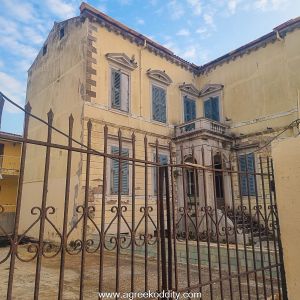
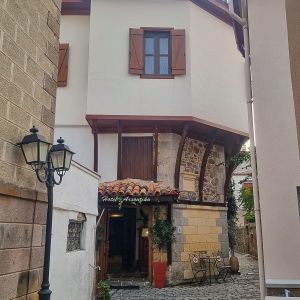
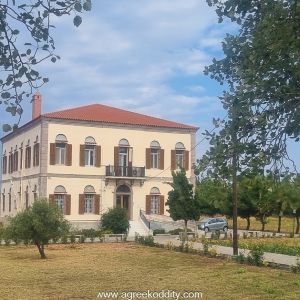
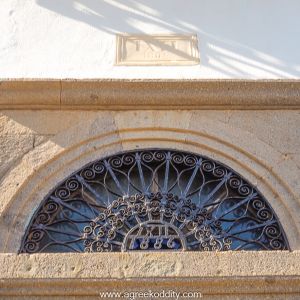
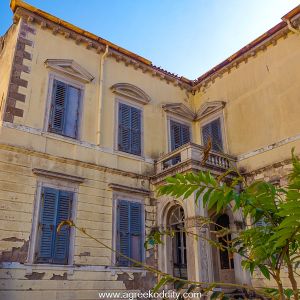
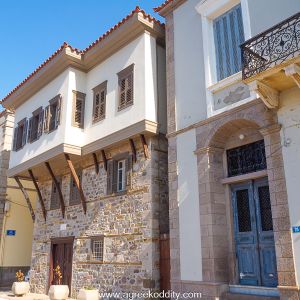

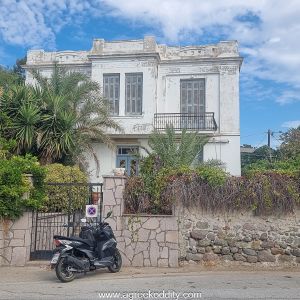

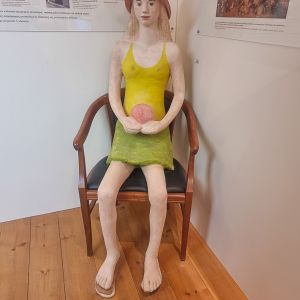
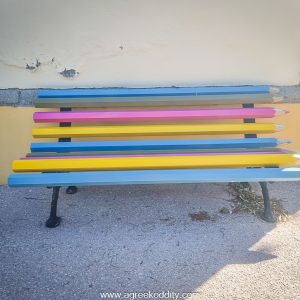
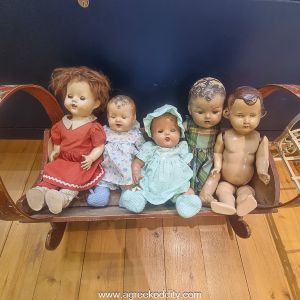
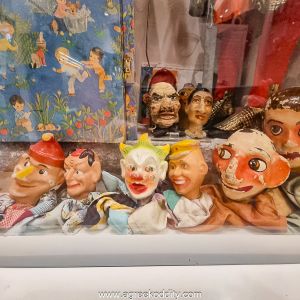

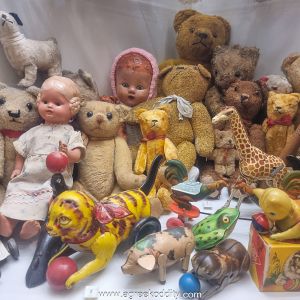
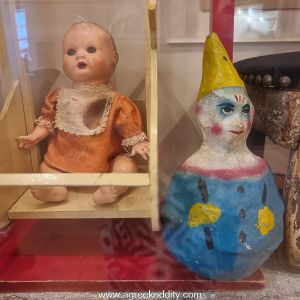


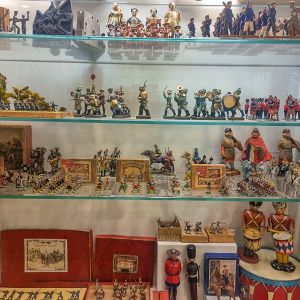
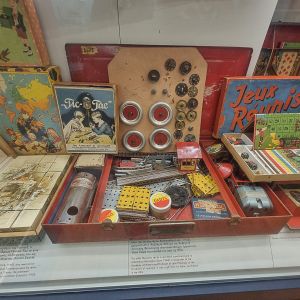

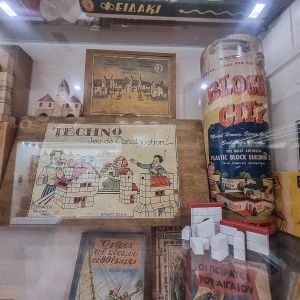
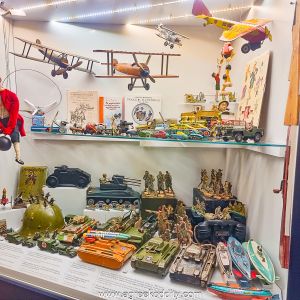

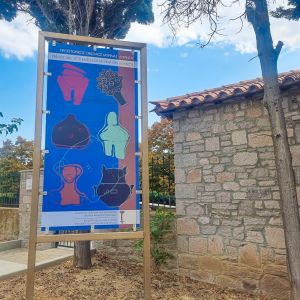
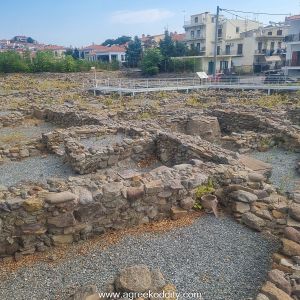
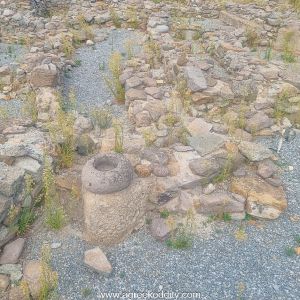


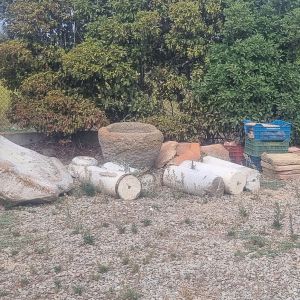
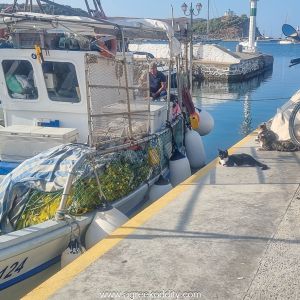

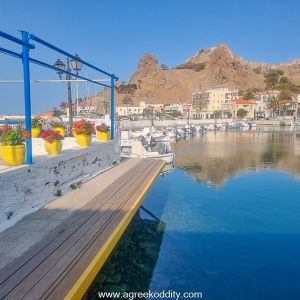
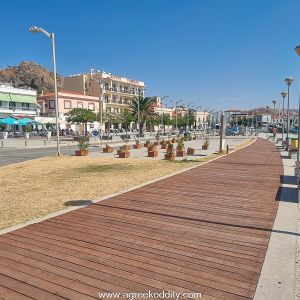

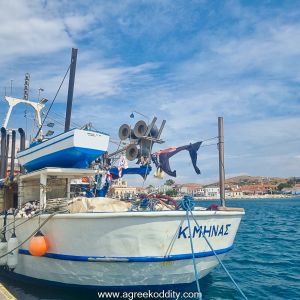




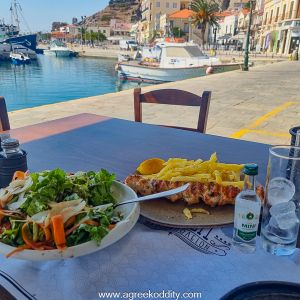
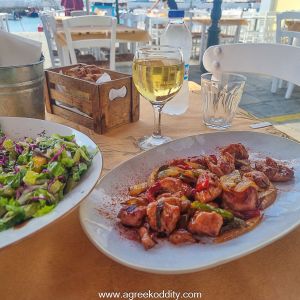









Lemnos does look interesting – so many more holiday ideas !!